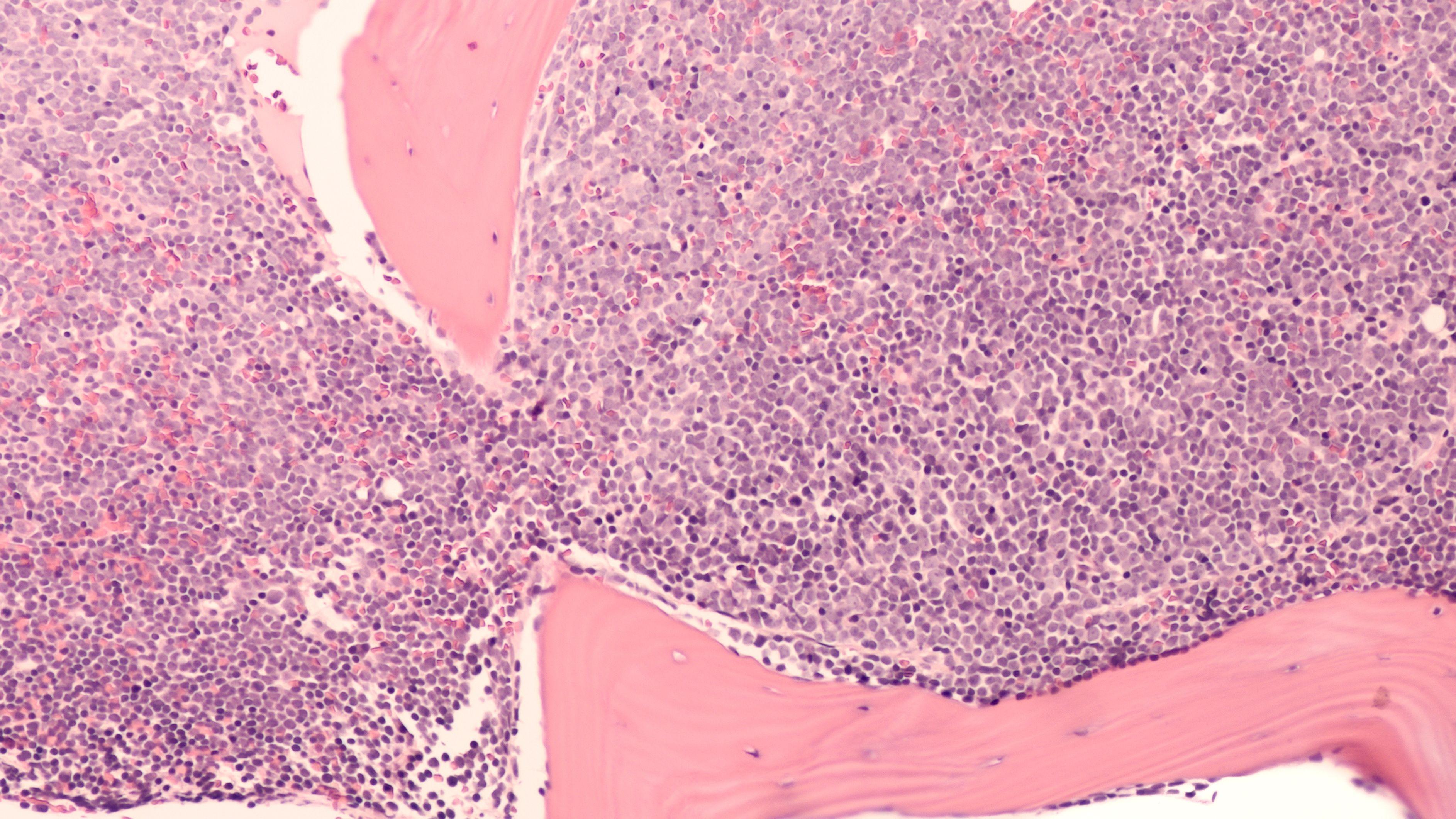📚 Unlock the World of AI and Humanity with These Two Free Books! 🚀
Dive into the thrilling realms of artificial intelligence and humanity with "The ECHO Conundrum" and "Awakening: Machines Dream of Being Human". These thought-provoking novels are FREE this week! Don't miss the chance to explore stories that challenge the boundaries of technology and what it means to be human.
Read More & Download
Diffuse large B-cell lymphoma (DLBCL) is a common and aggressive type of non-Hodgkin lymphoma. R-CHOP (rituximab, cyclophosphamide, doxorubicin, vincristine, and prednisone) has become the standard first-line treatment, significantly improving survival rates. However, questions remain about the optimal treatment regimen, specifically whether adding two additional rituximab cycles (R-CHOP + 2R) provides further benefit. This article explores a study published in Blood Cancer Journal comparing the effectiveness of 6 cycles of R-CHOP versus R-CHOP + 2R in patients with advanced-stage DLBCL.
Diffuse large B-cell lymphoma cells
Study Design and Methodology
This study, conducted in the Netherlands, analyzed the effectiveness of 6 cycles of R-CHOP21 compared to 6 cycles of R-CHOP21 with 2 additional rituximab administrations (6x R-CHOP21 + 2R) in patients with advanced-stage DLBCL. Researchers used Kaplan-Meier curves to estimate event-free survival (EFS) and overall survival (OS), limiting follow-up to five years. A univariable Cox proportional hazards model was used to quantify the relative treatment effects.
Patient Characteristics and Treatment Outcomes
The study included 1577 patients, with 672 (43%) receiving 6x R-CHOP21 and 905 (57%) receiving 6x R-CHOP21 + 2R. The median EFS was 4.44 years (IQR: 3.84-5.32) and the median OS was 4.44 years (IQR: 3.84-5.29) for all patients. The majority of participants were male. Most patients (87%) achieved complete remission at the end of treatment, with no significant differences observed between the treatment groups. Patients receiving 6x R-CHOP21 + 2R were generally older, had more advanced disease, and showed regional variations in treatment allocation.
Event-Free Survival and Overall Survival Analysis
Analysis revealed no significant difference in EFS between the two treatment regimens (HR = 0.89; 95% CI: 0.72-1.09). The five-year absolute risk difference (ARD) was 4.2% (95% CI: -3.6-11.9%). Patients receiving 6x R-CHOP21 + 2R experienced events approximately 0.14 years later than those receiving 6x R-CHOP21 (95% CI: -0.04-0.33) over a five-year period.
 Graphical representation of survival curves
Graphical representation of survival curves
📚 Unlock the World of AI and Humanity with These Two Free Books! 🚀
Dive into the thrilling realms of artificial intelligence and humanity with "The ECHO Conundrum" and "Awakening: Machines Dream of Being Human". These thought-provoking novels are FREE this week! Don't miss the chance to explore stories that challenge the boundaries of technology and what it means to be human.
Read More & Download
Similarly, no significant difference in OS was found between the two treatment groups (HR = 0.93; 95% CI: 0.73-1.18). The five-year ARD was 1.3% (95% CI: -6.3-9.0%). Patients receiving the additional rituximab cycles potentially lived 0.11 years longer (95% CI: -0.05-0.27) over a five-year period.
Implications for High-Risk Patients
While no overall significant differences were observed, there was a suggestion of improved OS in high-risk patients treated with 6x R-CHOP21 + 2R. This observation aligns with findings from previous studies, including research by Wang et al., which identified specific microenvironmental and molecular profiles associated with poorer outcomes in high-risk patients. These findings suggest a potential need for more intensive treatment strategies in this subgroup.
Study Limitations and Future Directions
It’s important to note that this study did not utilize interim PET scan guidance, which could potentially influence treatment outcomes. Further research, particularly population-based studies incorporating interim PET-guided treatment, is needed to validate these findings and better understand the role of additional rituximab cycles in managing advanced-stage DLBCL.
Conclusion
This Dutch study suggests that there is no significant difference in EFS or OS between 6 cycles of R-CHOP21 and R-CHOP21 + 2R for most patients with advanced-stage DLBCL. However, the potential benefits of additional rituximab in high-risk patients warrant further investigation. For personalized treatment plans, consult with a healthcare professional today.
📚 Unlock the World of AI and Humanity with These Two Free Books! 🚀
Dive into the thrilling realms of artificial intelligence and humanity with "The ECHO Conundrum" and "Awakening: Machines Dream of Being Human". These thought-provoking novels are FREE this week! Don't miss the chance to explore stories that challenge the boundaries of technology and what it means to be human.
Read More & Download
